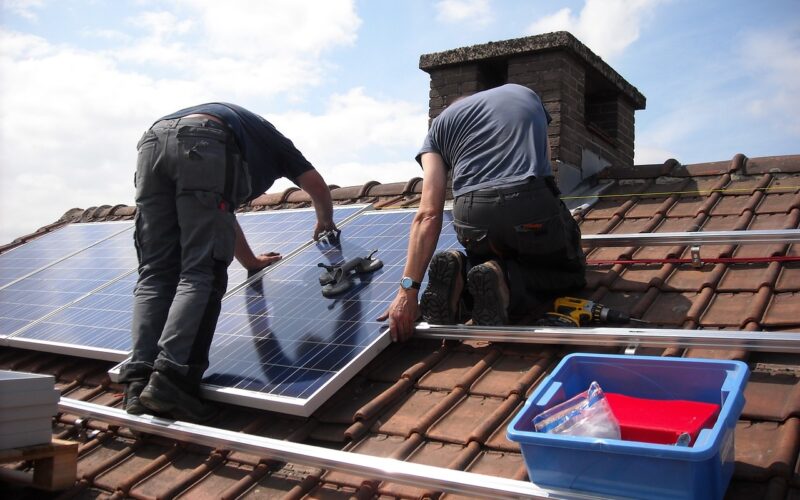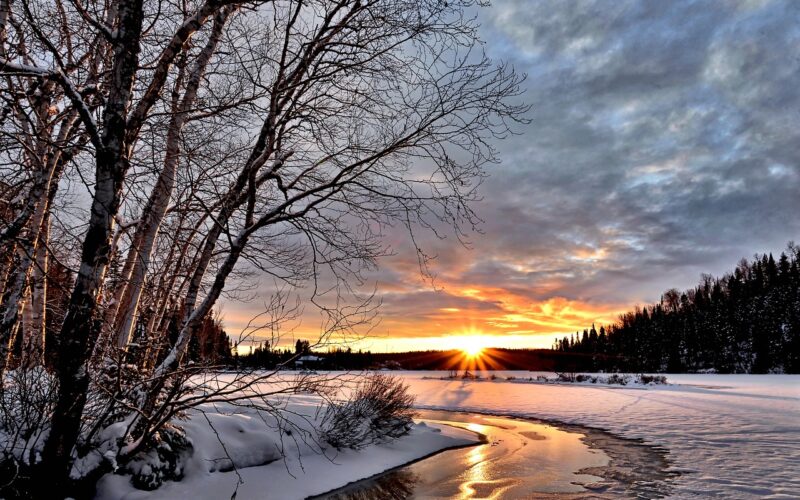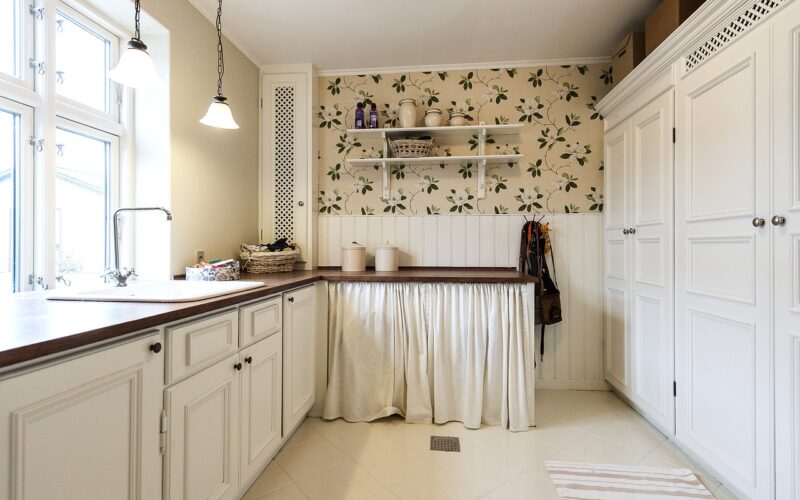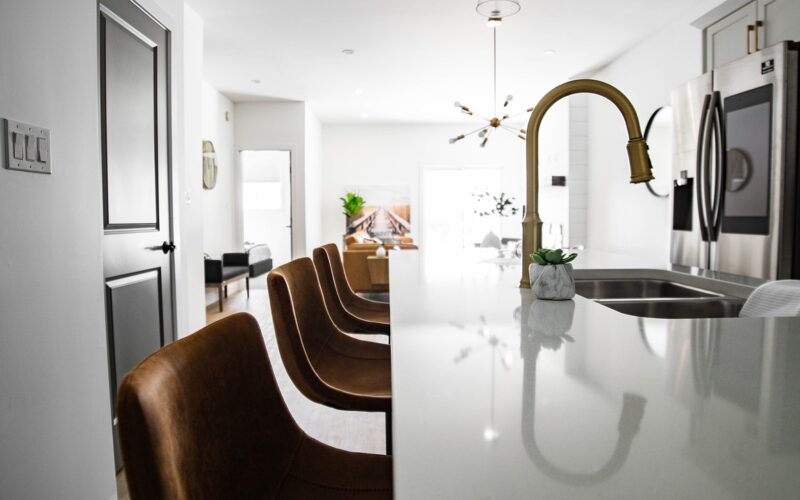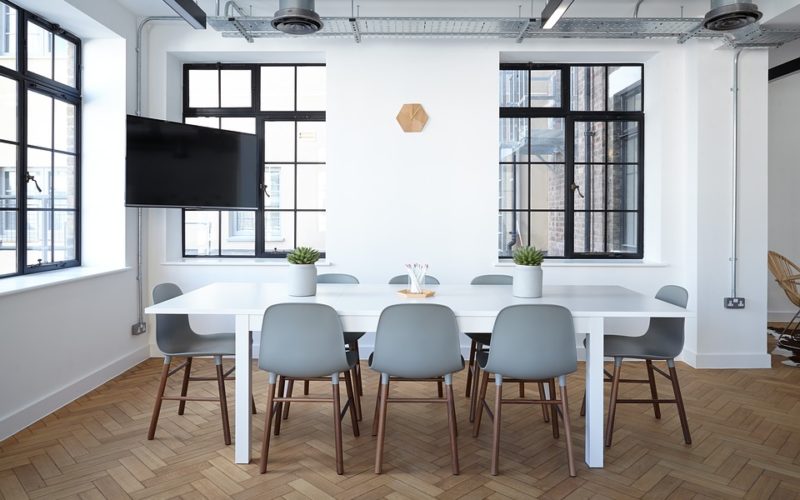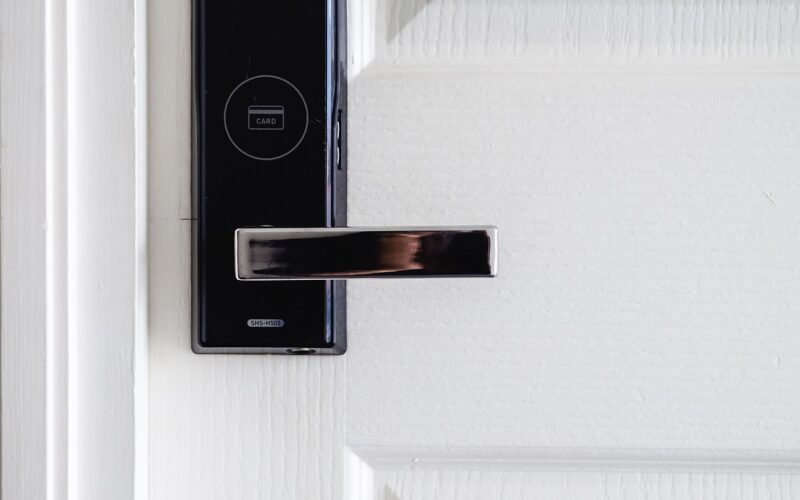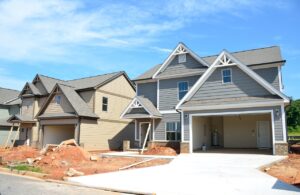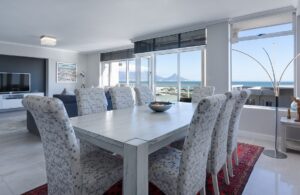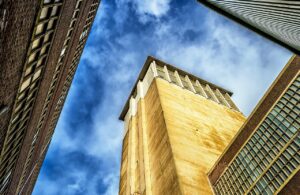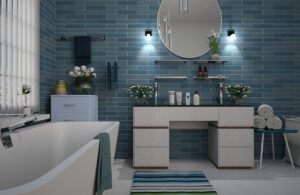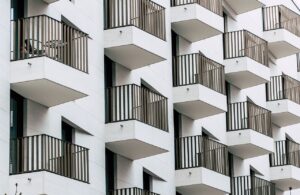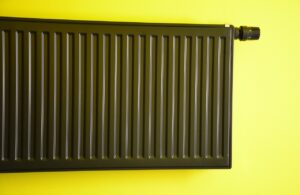The Rise Of Passive Houses
Have you ever heard about the concept of "passive houses"? Maybe terms like zero-energy buildings and ecological construction have entered your conversation? In recent years, the idea of building homes that use minimal energy has been gaining more popularity. As society becomes increasingly aware of climate change, people are beginning to realise they need to limit their impact on the environment as much as possible. Passive house design provides an opportunity for individuals and businesses to go beyond sustainable living and instead embrace truly eco-friendly architecture.
What is a passive house
In a world where sustainability is more important than ever, the concept of a passive house couldn't be more relevant. Passive houses are designed to be ultra-low energy buildings, drastically reducing the amount of energy needed for heating and cooling. These homes are built with airtight insulation, triple-glazed windows, and efficient ventilation systems that effectively capture or release heat as needed.
The benefits are twofold: not only do passive houses decrease energy consumption and carbon emissions, but they also create a healthier living environment for its occupants. With the ongoing need to protect our planet, passive houses are a step in the right direction towards a more sustainable future.
Passive house features
Passive houses are becoming increasingly popular due to their energy-efficient features, which can help lower energy bills and reduce carbon emissions. One such feature is the airtight building envelope, which prevents air leakage and reduces energy loss. Secondly, passive houses feature high-quality insulation, ensuring that heat is retained in the winter and dissipated in the summer.
Along with this, triple-glazed windows are used to provide excellent thermal performance, reducing the amount of energy required to heat or cool the house. Lastly, passive houses utilise heat recovery ventilation systems, which filter incoming air and recover thermal energy from air leaving the house. These features make passive houses an excellent choice for energy-conscious individuals looking to reduce their carbon footprint and energy bills.
Different types of passive houses and their uses
Passive houses have skyrocketed in popularity in recent years with their ability to significantly reduce energy consumption and costs. There are several types of passive houses, each with its own unique features and uses. For example, a single-family passive house is built with a focus on creating an energy-efficient home for one family, while a multi-family passive house is designed to house several families within the same building while still maintaining the same energy-saving principles.
Similarly, a retrofit passive house involves the renovation of an existing building to meet the passive house standards, whereas a new build passive house is designed and constructed from scratch. With so many options available, it's easier than ever to find a passive house that suits your needs and helps create a brighter, more energy-efficient future for all.
Designing a passive house
Are you ready to design a passive house? It's a smart choice in terms of energy efficiency, sustainability and cost savings. But where do you start? One tip is to focus on the building envelope - the walls, roof and floors. This is where the majority of your energy leakage will occur.
Choose high-quality insulation and consider the orientation of your windows for maximum solar gain. You'll also want to pay close attention to air sealing. Every small gap can add up to a big loss of heat. Another trick is to incorporate energy-efficient appliances and lighting systems. A passive house is all about reducing energy consumption and creating a sustainable living space.
Cost analysis
Are you considering building or retrofitting a passive house? The cost analysis of such a project may seem daunting at first, but it is important to consider the long-term benefits. Passive houses use significantly less energy for heating and cooling, ultimately resulting in lower utility bills.
Additionally, the improved insulation and airtight construction of a passive house can lead to better indoor air quality and increased comfort all year round. When weighing the upfront costs against the potential savings and superior living conditions, a passive house is undoubtedly a worthwhile investment.
